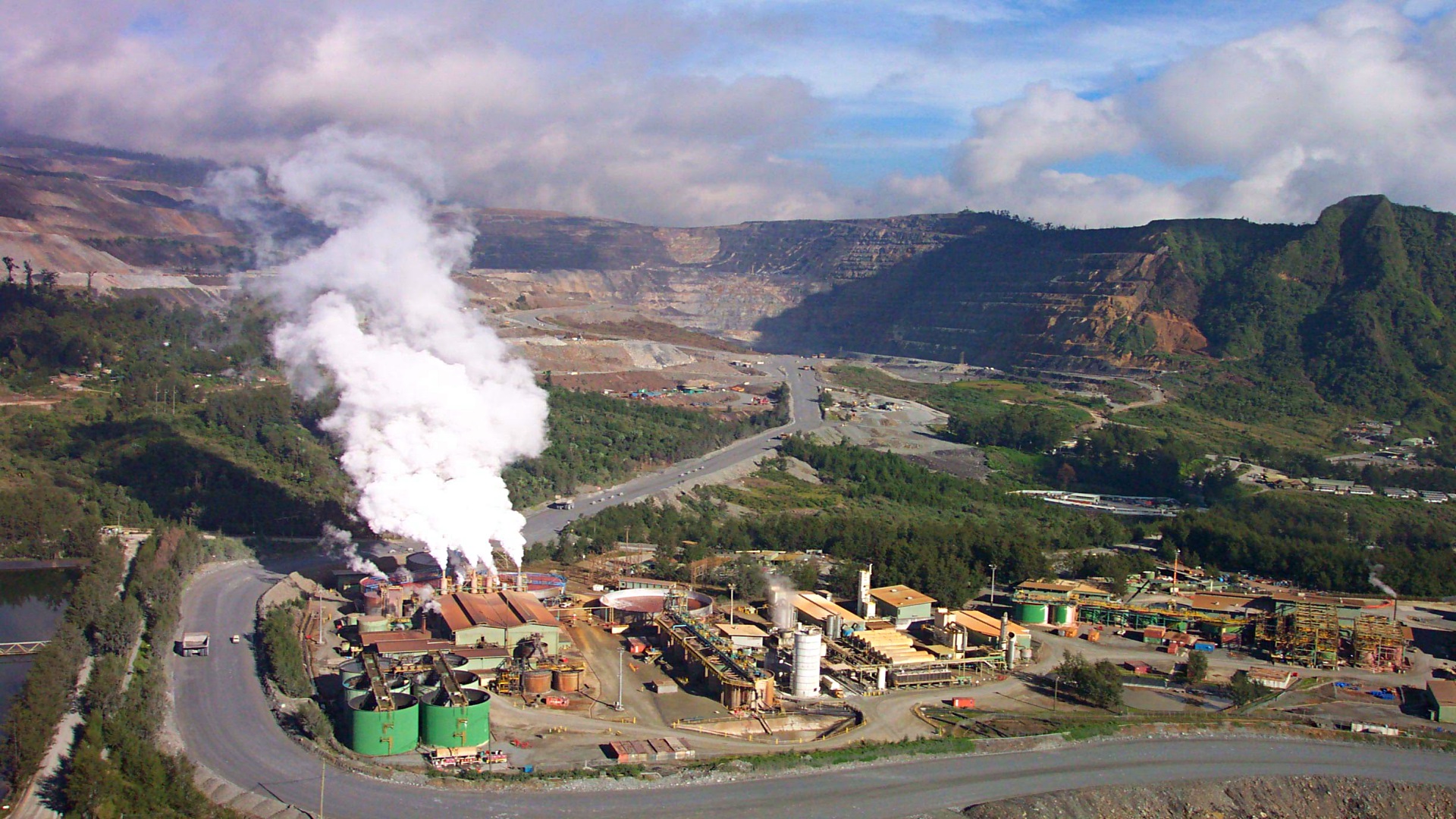The Mining Safety Act 1977 and Mining Safety Regulation 1935 chapter 195 are 45 years and 86 years old respectively, perhaps some may say they have outlived their usefulness. Nevertheless, this legislation has kept our mining much safer than other developed mining jurisdictions around the world.
For example, fatalities in the mining sector averaged about 13 per annual prior to 13 years ago, but MRA inspectorate efforts in the last 13 years by changing from reactive to proactive preventative approach has shown tremendous improvements in our safety performances whereby the fatalities have been reduced to zero (0) in 2017 across our mining sector and continues to remain under 1 fatality per annum to date.
These safety performance records had set new best record ever achieved across the globe, even above mature mining jurisdictions.
Despite, the aging Mining Safety Act, the mining industry continues to grow exponentially over the years; today the mining industry’s performance supersede other commodity sectors;
1) Highest annual export revenue by commodity averaging K17 billion per annum in 2019/2020, (Agriculture <K4 billion per annum);
2) Currently assessing K50 billion potential capital investments on new mining projects. These include Wafi-Golpu Project, Frieda River Project, Central Cement Lime Project, and Woodlark Gold Project;
3) Furthermore, approximately K10 billion annual investments on sustaining capex on existing mines;
4) The industry employs over 16,000 direct employees and additional casuals and contractors. Porgera will add more than 3,000 employees when it resumes bringing the total to about 20,000 employees.
However, with changing mining environment and the experience garnered over the last 13 years of MRA’s existence, MRA believes the timing is right to change the aging Mining (Safety) Act and its Regulations to meet the current state of doing business in the Mining Sector.
For example, Section 23(2) prohibits female folks from working underground. PNG has qualified professional female surveyors, geologists, and engineers, and all of them were refused entry at Porgera underground operations, which I believe was discriminatory and must be changed to allow them to work underground. We have brought this to the attention of policymakers, but nothing promising was forthcoming and this new Bill must be passed expeditiously to allow professional female folks to work underground.
Furthermore, MRA will be managing a completely new mining method in cave mining when Wafi-Golpu is permitted; such mining brings new hazards and must be regulated properly;
Major hazards associated or common in cave mining are rock bursts, air bursts subsidence, and inrushes that would be experienced during cave establishment, cave propagation, cave breakthrough, and cave steady-state production process. Such complex and bulk underground mining methods usually deploy fully automated risk management systems and must be captured in our new Bill.
Thus, these have been some of the drivers that compel us to amend the Mining Safety Act. Some principles underlying the new bills include among others are:
- Change from prescriptive base legislation to risk base management;
- Prevention of Safety & Health accidents or illness to mineworkers and persons in mining communities;
- Promote consultation and collaboration among key stakeholders in the prevention of incidents or illness;
- Industry to take lead in the management of Safety & Health mining-induced risks;
- Risk Base management Promote;
a) Use of improved technology to effectively manage safety and health risks; and
b) Application of improved knowledge, skills & experiences; - Regulating Small & Alluvial Mining Exploration and queries; and
- Use of technologies in critical and highly hazardous environments to minimize risks to personnel. For examples:
- Use of technology to remotely control front boarders and dozers or our mines;
- Use of technology to remotely operate the pressure equipment such as autoclaves;
- Use of technology to conduct real-time monitoring of the mine tailings dams; and
- Use of technology to conduct remote initiation of the explosive blast are among others
The new Mine & Works (Safety & Health) Bill 2021 seeks to enforce wider regulatory powers in health and safety over exploration, mining, artisanal & small-scale mining, alluvial mining, and quarrying as well as managing hazards induced by mining outside the tenement boundaries, which include the greater communities surrounding the mining areas.


